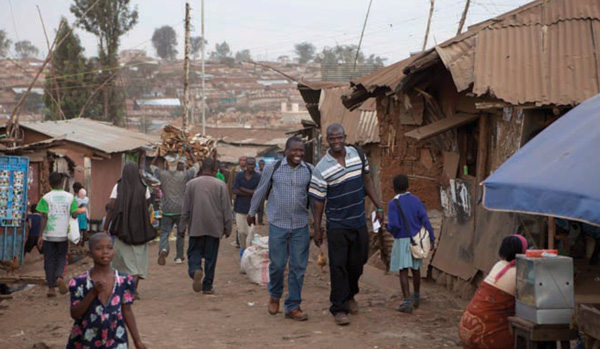It was only March, but the sun cast a warm glow on the fields dotting the Polish countryside. I couldn’t help but notice that the flat landscape before me, which was painted with picturesque farmhouses and tall green pine trees, had an uncanny resemblance to rural Ontario, the place I call home. I could imagine the desperate souls who, decades ago, found shelter among the towering trees, hoping that they and their loved ones would be spared from the brutal Nazi regime.
As my husband and I joined the Toronto contingent of the March of the Living last spring, I thought I could handle seeing Auschwitz and the gruesome death camps of Majdanek and Birkenau. What worried me was the potential emotional upheaval that my husband, being a child of Holocaust survivors, might experience on the trip.
I was born lucky. I grew up in Toronto in the 1960s, having grandparents, aunts and uncles, all Jewish, who escaped Poland years before the Second World War began. I heard stories about the Holocaust, but felt its potency only from a distance. Every year on Yom ha-Shoah, I watched a slide show of horrific black-and-white images of corpses that were projected on a large screen in the back of the synagogue’s social hall. I was terrified to see such atrocities, but thought that this kind of genocide could never happen to me, here in Canada. I never needed to learn how to live with extreme loss or trauma.



![Peaches [Adam Cohen photo]](https://www.renagodfrey.com/nwp/wp-content/uploads/2012/12/pchs.jpg)